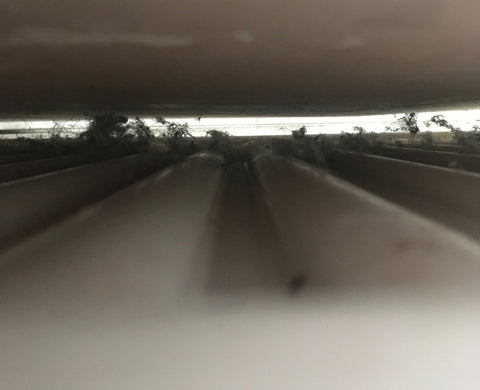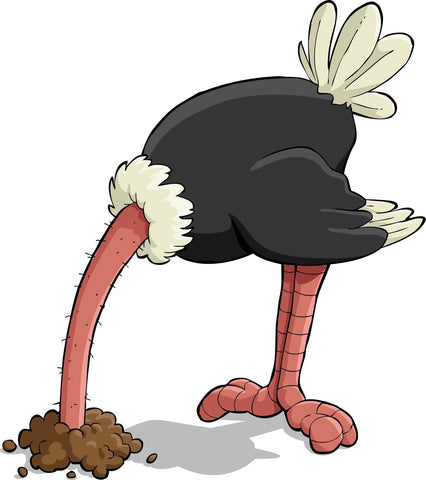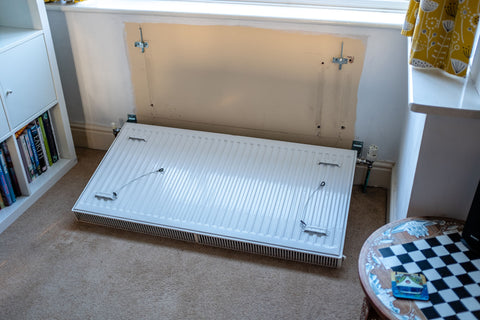
Dust Behind The Radiator - Is Central Heating Damaging Our Health?
Dust is made of fine particles of solid matter. It generally consists of particles in the atmosphere that come from various sources such as soil, dust lifted by the wind, volcanic eruptions, and pollution.
Dust in homes, offices, and other human environments contains small amounts of plant pollen, human and animal hairs, textile fibres, paper fibres, minerals from outdoor soil, human skin cells, burnt meteorite particles, and many other materials which may be found in the local environment.
What Are Dust Mites And Where Do Dust Mites Come From?
Dust mites are microscopic arachnids that live in abundance in people’s homes. They are ideally suited to home life because they consume the skin particles shed by humans and animals.

These tiny bugs also tend to make their home in places like pillows and mattresses.
A typical mattress can contain as many as 100,000 dust mites. Stuffed animals, carpets, and stuffed furniture are also key mite habitats.
It’s not possible for people to completely eradicate dust mites from a home. This is unfortunate since many people are allergic to their excrement.
About 10% of the population is significantly allergic to this waste product, which causes some of the worst allergies — in particular, childhood asthma.
How To Get Rid Of Dust Mites?
Though people cannot completely get rid of these tiny bugs, it's possible to reduce their population.
A number of steps can be taken to help make the home a less friendly place. One being cleaning behind your radiators, especially where dust mites faeces collect in the dust particles.
Dust mites also seem to thrive in humid and warm conditions. As a result, their numbers decrease during winter months and increase during the summer months. Keeping household humidity low — less than 50%.
How Does Not Cleaning Behind The Radiator Affect Our Health?
Central Heating radiators accumulate hidden reservoirs of dust that can affect our wellbeing when in use during the winter months.

The heat convection from radiators influences the air flow in our cosy poor ventilated airtight homes circulating and suspending contaminated fine dust particles in the air we breathe.
Poor indoor air quality is a high-risk factor and potent triggers for asthma attacks, allergies and respiratory infections.
People tend to worry about their outdoor air quality with pollution and car emissions, however, our indoor air quality can be just as harmful if not more.
The average person in the UK spends 90% of their time indoors.
Central heating radiators create ideal conditions for dust mites and mould spores plus microbiological infections to flourish creating higher levels of allergens.
These are then circulated via heat convection, contributing to poorer indoor air quality, especially within winter months when we have the heating on high.
Conclusion
“HOME FEVER” is a term used by Allergy UK to describe out of season hay fever symptoms. Allergy UK suggests it's triggered by allergens such as dust mites, moulds, cleaning products and pets that are present in the home or office.
NHS choices report that indoor allergies are very common, with 10-20% of the population having an indoor allergy.
The only way to get a good clean and remove any dust mites is to remove the radiator from the wall. Although this sounds like a big task, it really doesn't have to be. You can drop your radiator from the wall in seconds with a drop down radiator removal kit.
DON'T BURY YOUR HEAD IN THE DUST!




Attheschool
I read your blog. Having very use full information help me a lot. I will read more articles on your blog.
where does dust come from